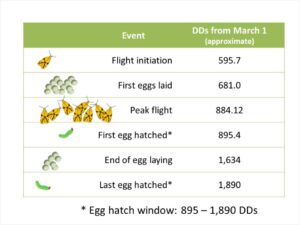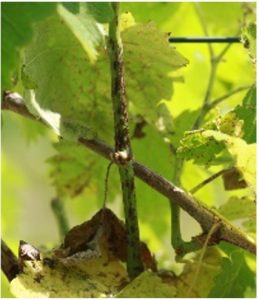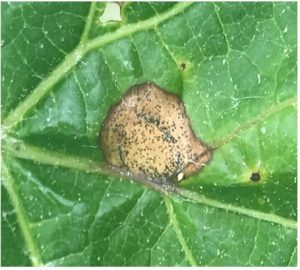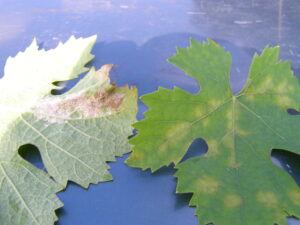DCPA (dimethyl tetrachloroterephthalate) is a selective preemergence herbicide used for control of annual grasses (foxtail, crabgrass, barnyardgrass, goosegrass, fall panicum) and some broadleaved weeds (purslane, common lambsquarters, pigweeds) in vegetable crops and ornamental turf. Commercial formulations of DCPA include Dacthal® Flowable herbicide. Dacthal® Flowable is labelled for use on the following vegetable and fruiting crop groups: cole leafy vegetables, seeded melons (cantaloupe, honeydew, watermelon), collards and mustard greens, horseradish and radish, onions, sweet potatoes, tomatoes and eggplants, strawberries.
- What is happening with DCPA, the technical ingredient in Dacthal® Flowable herbicide from AMVAC?
On April 27th the U.S. Environmental Protection Agency (EPA) published a notice of intent to suspend (NOITS) DCPA technical registration in the U.S. The basis for this action was that AMVAC had not provided multiple studies required during the registration review. - How did AMVAC and key grower stakeholders respond to this action by the EPA?
According to FIFRA (Federal Insecticide, Fungicide, and Rodenticide Act), AMVAC and impacted stakeholders had the opportunity to
appeal the NOITS within 30 days, which they did on May 27th. The purpose of the appeal was to obtain a hearing that would allow
evidence from each side to be presented in front of an Administrative Law Judge (ALJ) appointed by EPA. - Did AMVAC and the grower stakeholders have the opportunity for a hearing?
No. The assigned EPA administrative law judge (ALJ) ruled on Friday July 1st that the NOITS was upheld without requiring a hearing. - How will that impact end use formulated products like Dacthal Flowable herbicide?
This decision does not impact formulated products (i.e., Dacthal Flowable). AMVAC’s customers can continue to sell, distribute, and
apply Dacthal Flowable. - What happens now in this process concerning DCPA?
The July 1st decision granted EPA the ability to suspend DCPA technical without requiring a hearing to examine AMVAC and
EPA testimony. AMVAC will appeal this decision to the Environmental Appeals Board. - Is the registration of the end-use product Dacthal Flowable herbicide impacted by the NOITS?
If you have used or plan to use end-use products containing DCPA, there are no consequences from that use or downstream
consequence for the crop you applied it to, now or in the future, from NOITS activities. Applications of Dacthal Flowable end-use
products remain legal and the established United States tolerances remain in place. - What are the next steps in this process? How will it impact the availability of Dacthal Flowable?
AMVAC can continue to manufacture, sell, and distribute end-use products until notification of the appeal process has been completed. AMVAC’s customers can continue to sell, distribute, and apply Dacthal Flowable. AMVAC is commitment to continuing to exhaust all options to defend DCPA. Outside of any legal proceedings, AMVAC continues to generate and submit to EPA the data necessary to fulfill the Data Call-In (DCI) Notices required to complete registration review for DCPA, regardless of the suspension status.




